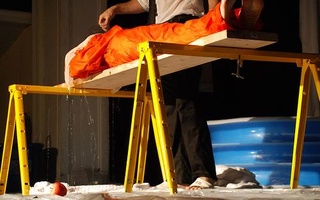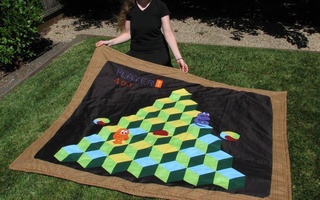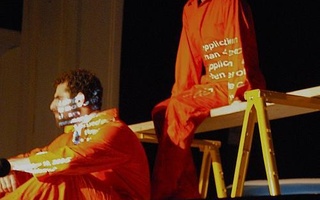THC: How did this reflect violence in the culture? During the Renaissance at least, there were public executions, particularly drawings and quarterings. Were these still a part of Restoration culture?
AT: Public executions were still a part of Restoration culture, but executions and torture are very different. Executions were going on a lot during the Restoration, but torture was another case. Even during the Renaissance, there weren't actually any legal processes to torture people in England unless the monarch or the privy council gave a specific order for a specific torture of a specific person for one time.
While there were lots of violent aspects of the culture and lots of horrible executions that seemed torturous because they could last for days, there was very little actual torture even then. And torture in England in this specified definition actually ended in 1640. There were the most tortures under Queen Elizabeth; she wrote the most writs for individual tortures. But there was a sudden turn against the idea of torture so that in the Restoration there was lots of violence but very little torture.
And then suddenly, once it had been outlawed, torture began showing up on stage. It seems like as soon as torture stopped occurring in society, it became safe to depict it on stage.
THC: Were these depictions of torture a big draw for audiences?
AT: We havent found any letters or articles or diary entries that say, "Oh, we went to see this great torture scene today," but stage torture was probably popular in the same way that activities like bear baiting were popular, as violent displays that appealed to the masses.
Read more in Arts
Life on the High-WireRecommended Articles
-
 A Tortured Affair
A Tortured Affair -
 New Courses, New You
New Courses, New You -
 A Tortured Affair
A Tortured Affair -
Atul Gawande Criticizes Supermax PrisonsSupermax prisons, which are designed to hold prisoners in prolonged and strict solitary confinement, are ineffective, expensive, and detrimental to mental health, surgeon and journalist Atul Gawande said during a speech at Harvard Law School yesterday.
-
Change We Can Believe In?Some people ask whether terrorists should have rights. But there is no way to tell who is a terrorist and who isn’t without some sort of fair process.
-
POSTCARD: In the Heart of DarknessIt is impossible to describe the feeling of listening to someone praise a man who was responsible for the torture and death of thousands of Chilean citizens during his brutal 17-year regime.













